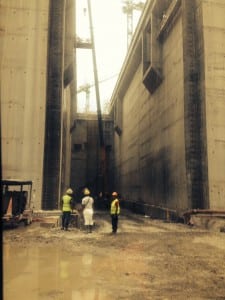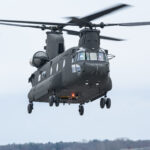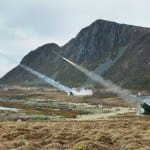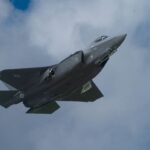
PANAMA CITY -- The city is gearing up for a major event: the Centennial of the opening of the Panama Canal on Aug. 15, 1914, with guests arriving from around the world. Planned celebrations in 1914, to include the largest international armada of more than 100 ships led by the U.S. battleship USS Oregon (BB-3) were canceled with the outbreak of World War I. This week the Panama Canal Authority (PCA) is hosting events surrounding the centennial taking place all…













